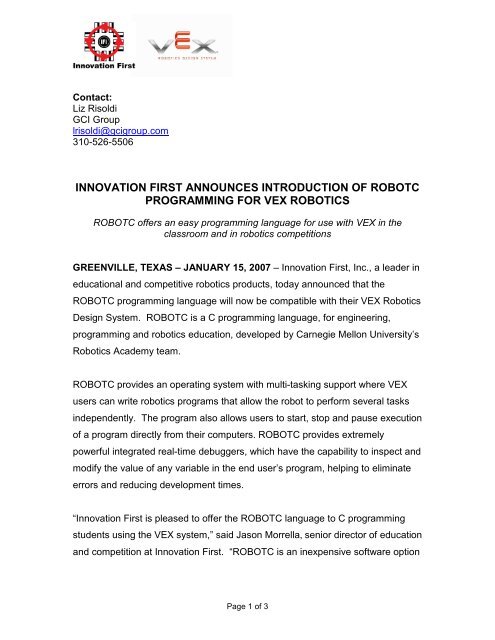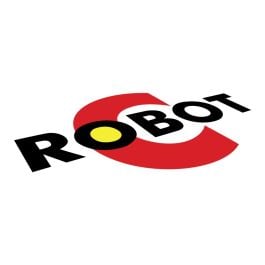

: 74, 23 The Logo Brick was tested in schools. The Logo Brick was made out of a modified LEGO battery box and was about the size of a deck of cards. To address this, they gave the Logo Brick four sensor ports. : 74 The LEGO/Logo interface box, The previous development of the group, had only two sensor ports available, which the design team observed were not always enough. It ran an adapted version of LEGO/Logo written for the Apple II computer. To speed up the design process, the Logo Brick contained the processor chip from an Apple II computer. The experiments with an untethered brick (called the Logo Brick or "Grey Brick") began in the fall of 1986. : 3 The group began working on further iterations of the LEGO/ LOGO environment to produce a robot that could interact not only with the environment but with other robots programmed in the same system.

While LEGO/Logo was powerful, it was restricted somewhat by the requirement to have the creations attached to a computer. : 23 Logo Brick 1st Generation, "Grey Brick" (1986) : 3 It was observed that using the LEGO/Logo system, children developed a form of knowledge about the physical world that allowed those even without mathematics or verbal skills to solve problems effectively using the system. LEGO/Logo would later be commercialized by the LEGO group LEGO tc Logo. The motors and sensors are connected to an interface box which is communicates with a computer. The LEGO/Logo system introduced new types of parts for making creations such as: motors, sensors and lights. The machines are then connected to a computer and programmed in a modified version of Logo. The LEGO/Logo system allowed children to create their own designs and experiments, offered multiple paths for learning and encouraged a sense of community. It is important that children could build their own machines to program, as they would then care more about their projects and be more willing to explore the mathematical concepts involved in making them move. Similar to the "floor turtles" used to demonstrate Logo commands in the real world, LEGO/Logo used Logo commands to animate Lego creations. The first experiments of combining LEGO and the Logo programming language was called LEGO/Logo and it started in 1985. : 35 : 74 As another part of the MIT Media Lab was community outreach, so the bricks would be used working with children in schools for both research and educational purposes.
#Robotc vex iq free
: 14 As a sponsor of the entire lab, LEGO was allowed royalty free rights to mass-produce any technology produced by Papert, Resnick and Ocko's group and was also allowed to send an employee over to assist with research, so they sent engineer Alan Tofte (also spelled Toft) who helped with the design of the programmable brick. The collaboration very quickly moved to the newly minted MIT Media lab, where there was an open sharing of ideas. : 14 LEGO was receptive to collaboration, particularly because its educational division had founding goals very similar to those of the Microworlds company.

#Robotc vex iq software
To this end, they decided to use LEGO bricks due to the system and diversity of pieces, and the Logo language due to the groups familiarity with the software and its ease of use. : 3 Similar to the "floor turtle" robots used to demonstrate Logo commands in the real world, a construction system that ran Logo commands would also demonstrate them in the real world, but allowing the child to construct their own creations benefitted the learning experience by putting them in control In considering which construction system to partner with, they wanted a "low floor high ceiling" approach, something that was easy to pick up but very powerful. : 55–56 As the types of programs created were limited by the shape of the Turtle, the idea came up to make a construction kit that could use Logo commands to animate a creation of the learner's own design. : 14 Papert had previously created the Logo programming language as a tool to "support the development of new ways of thinking and learning", : xiv and employed "Turtle" robots to physically act out the programs in the real world. In 1985 Seymour Papert, Mitchel Resnick and Stephen Ocko created a company called Microworlds with the intent of developing a construction kit that could be animated by computers for educational purposes.


 0 kommentar(er)
0 kommentar(er)
